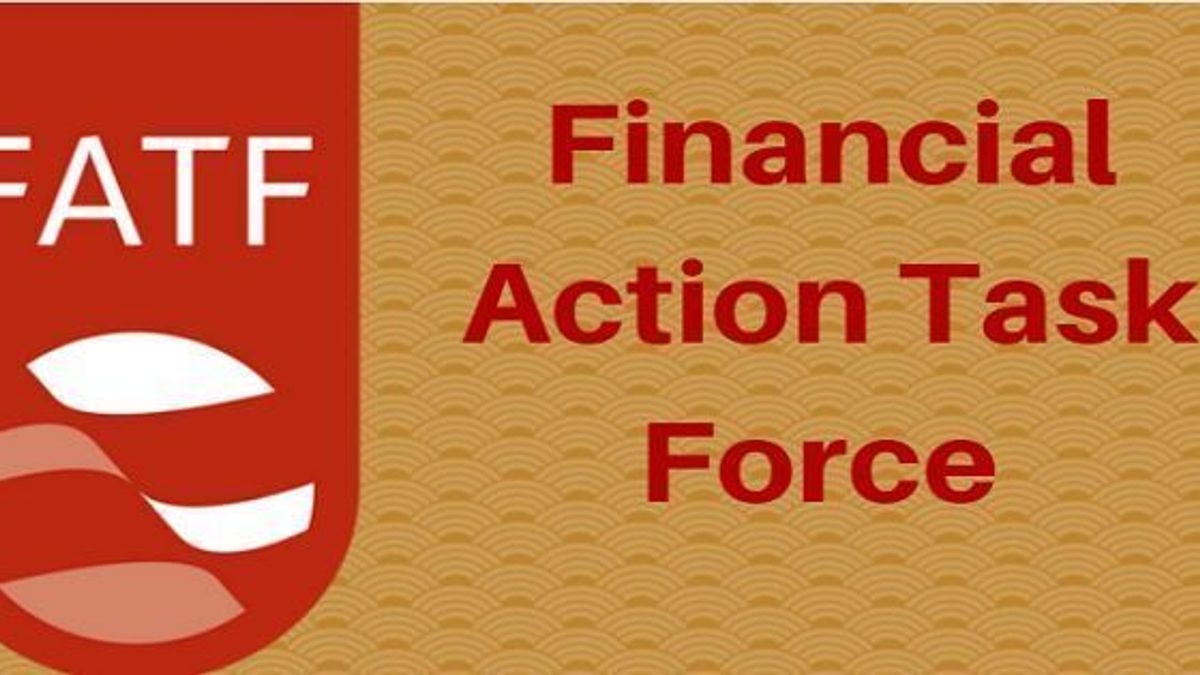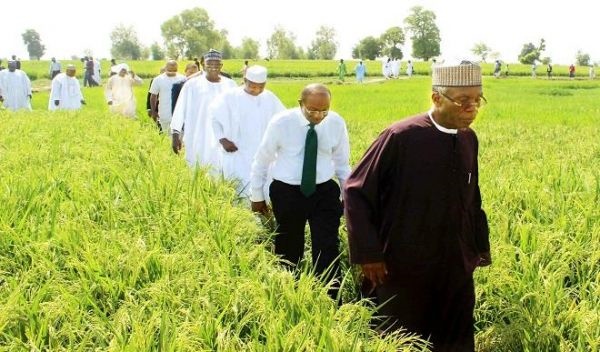Bank of Ghana on Tuesday slashed its policy rate by 200 basis points to 18 per cent from 20 per cent.
Governor of the central bank, Dr. Ernest Addison, who announced the rate cut at a press conference in Accra, averred that “the Monetary Policy Committee (MPC) of the Bank cut the rate because the current inflation forecast provides scope for monetary policy to realign interest rates, translate the disinflation gains achieved so far to the market, and reinforce the fiscal consolidation process by easing the burden of interest payments on the budget”.
This is coming at a time the Nigerian Central Bank has seen a green light to conduct its first MPC meeting in 2018 following last week’s screening and confirmation all but one of the nominees.
With the confirmation, the CBN can now put paid to its already scheduled April meeting as the only none confirmed nominee cannot stop MPC meeting as others can form quorum which was not able to be reached in the failed January meeting in Abuja.
Explaining more on the Ghanaian economic indicators, Dr. Addison said that prices of Ghana’s main primary exports on the international commodity market have rebounded somewhat over the first two months of 2018.
He said “Crude oil prices have gained the most since the fourth quarter of 2017 reaching $69.1 per barrel in January 2018, but have since moderated on the back of increased production and rising US shale output. Gold prices have also performed better, largely driven by a weak US dollar and steady purchase and holdings of gold by central banks. Following some price depression in 2017, on account of excess supply, cocoa prices are gradually on the mend. The main price drivers are strong grind data from Europe, and renewed concerns of adverse short-term weather patterns across the West African sub-region,” he said.
Continuing, the Governor argued that broadly, these developments in the external environment continue to transmit favourably to the domestic economy.
“On the domestic front, the trend decline in prices observed in 2017 continued into the first two months of 2018 in line with the Bank’s forecasts.
“Headline inflation dropped sharply from 11.8 per cent in December 2017 to 10.3 per cent in January 2018, before edging up marginally to 10.6 per cent in February. The uptick in February was occasioned by the upward adjustment of ex-pump prices of petroleum products following rising international crude oil prices. These developments reflect entrenching macroeconomic stability, continued tightness in policy stance, and relative stability in the exchange rate,” he said.
He observed that since the last MPC, all of the Bank’s core measures of inflation broadly declined, suggesting subdued underlying inflation pressures.
Bank of Ghana’s main measure of core inflation, which excludes energy and utility, declined from 12.6 per cent in December 2017 to 11.3 per cent in February 2018. Also, the weighted inflation expectations by businesses, consumers and the financial sector derived from the Bank’s surveys continued to decline indicating that inflation expectations remain well anchored towards the medium term target of 8±2 per cent.
Dr. Addison stressed that “Initial evidence from high frequency indicators show that the growth momentum experienced in 2017 has continued into 2018. The Bank of Ghana Composite Index of Economic Activity (CIEA) grew by 3.1 per cent year-on-year in January. The Bank’s confidence surveys conducted in February also indicated positive sentiments on growth prospects, realization of business expectations and general improvements in the economy”.
“The pace of growth in key monetary aggregates has continued to moderate consistent with contained aggregate demand pressures. Annual growth in total liquidity slowed to 12.5 per cent in January 2018 from 26.7 per cent a year ago (also partly reflecting the reduction in the number of banks in the monetary survey from 34 to 32).
“There is also a gradual downward migration of all money market interest rates, as well as re-alignment of the yield curve in line with the monetary policy stance since March 2017. The interbank rate, the rate at which commercial banks lend to each other, declined further to 18.3 percent in February 2018 from 19.3 per cent in December 2017 and 25.2 per cent a year ago.
“Also, the interest rates on money market instruments declined, especially at the short-end of the market. In February 2018, rates on the 91- day Treasury bill instrument dropped to 13.3 per cent from 15.9 per cent in February 2017,” Governor of Bank of Ghana averred.









